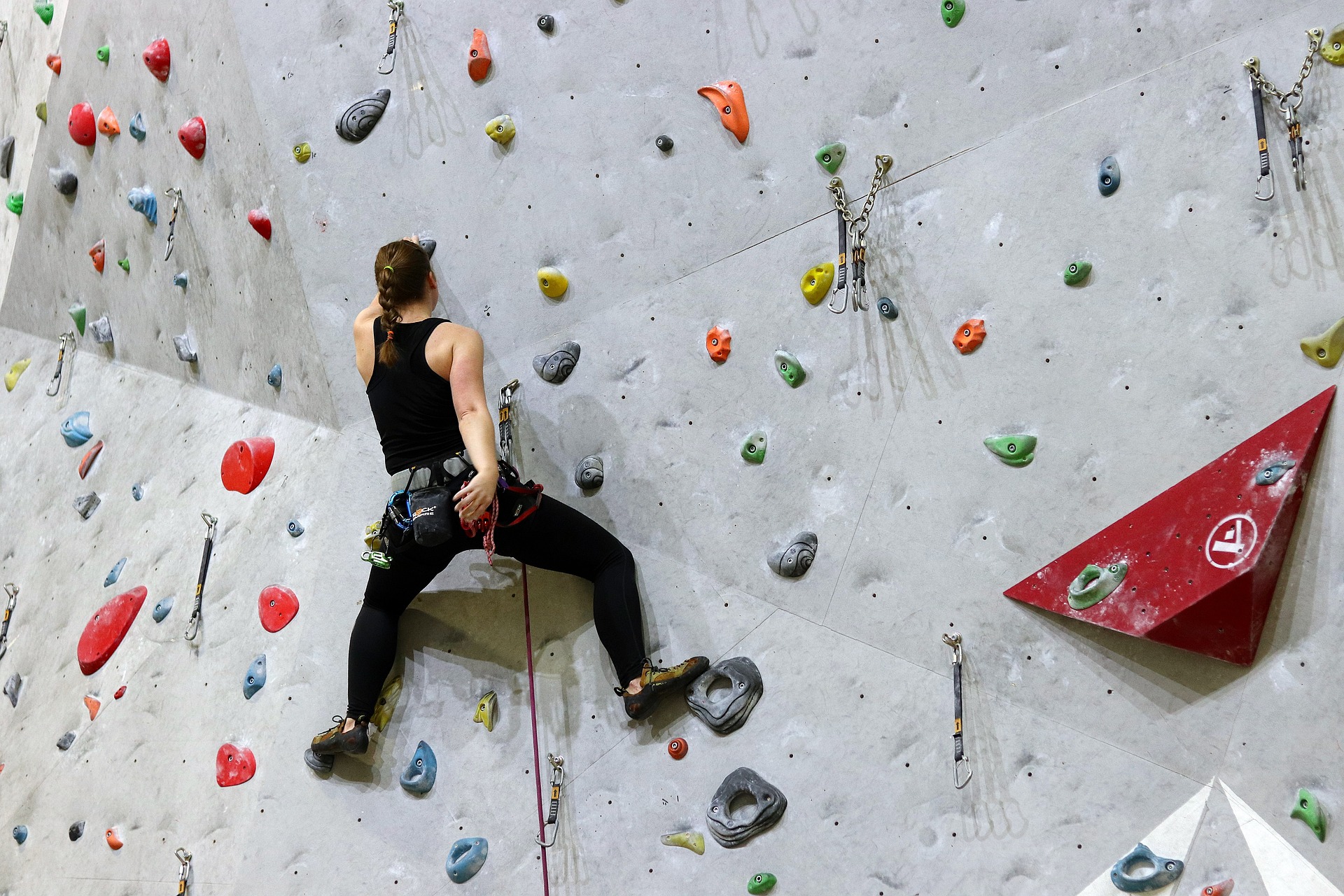Rethinking the Notion of Fitness: An In-Depth Look at Functional Training
Fitness is a broad term that encompasses a variety of activities and training methods, each designed to improve a specific aspect of physical performance. But what if there was a way to enhance overall physical capability, making the body more efficient, not just in the realm of sports, but in everyday life as well? Welcome to the world of functional training.

Born out of rehabilitation programs and molded by the demands of professional sports, functional training is a fresh perspective on fitness that emphasizes training movements, not muscles. It’s all about preparing the body for real-life scenarios by enhancing strength, stability, mobility, and coordination.
The Genesis of Functional Training
Functional training is not a novel concept. It has its roots in physical rehabilitation. Therapists would design exercises that mimic daily activities to help patients recover from injuries or surgeries. The aim was simple: to enable patients to return to their normal lives or sports safely and effectively.
This rehabilitation principle eventually found its way into the fitness world. Coaches and trainers recognized the potential of training movements rather than isolated muscles to enhance overall athletic performance. And thus, functional training as we know it today was born.
The Appeal of Functional Training: Beyond the Gym
Functional training has gained popularity for its holistic approach to fitness. Unlike traditional training methods that focus on specific muscle groups, functional training involves multi-joint movements that engage several muscles simultaneously. This mirrors the way our bodies naturally move, making functional training more applicable to everyday life.
This training approach can be beneficial for a wide array of individuals. For athletes, it can help enhance performance by improving movement efficiency and reducing injury risk. For the elderly, it can help maintain mobility and independence. For the average person, it can make everyday tasks like lifting groceries or playing with kids easier.
The Nuts and Bolts of Functional Training
At the heart of functional training is the concept of training movements, not muscles. This involves compound exercises that engage multiple joints and muscle groups simultaneously. Examples include squats, deadlifts, lunges, push-ups, and pull-ups.
Functional training also emphasizes core strength and stability. A strong core is essential for maintaining balance and stability, thereby reducing the risk of falls and injuries.
Functional exercises can be tailored to individual needs and goals. For example, a tennis player might focus on rotational exercises to improve their swing, while a runner might emphasize single-leg exercises to enhance balance and stability.
Challenges in Functional Training
Functional training is not without its challenges. Its biggest hurdle is perhaps its complexity. These exercises often require a high level of skill and coordination, which can be daunting for beginners.
Proper form and technique are crucial in functional training to prevent injuries. This often requires the guidance of a trained professional, especially for beginners.
Despite these challenges, functional training’s benefits outweigh its drawbacks. With proper instruction and practice, anyone can incorporate functional training into their fitness regimen.
The Future of Functional Training
Functional training is more than just a passing trend. It represents a shift in the way we think about fitness, focusing on overall physical capability rather than isolated strength or endurance.
As more people recognize the benefits of functional training, its popularity is likely to grow. With its emphasis on real-world applicability, functional training is set to redefine fitness for years to come.
In conclusion, functional training offers a fresh perspective on fitness. By training movements rather than muscles, it prepares the body for real-life scenarios, enhancing overall physical capability. Whether you’re an athlete looking to improve performance or an individual striving for better daily function, functional training is worth exploring.




